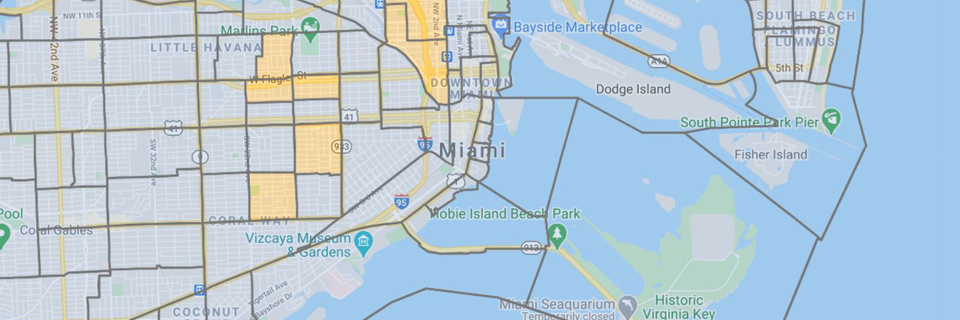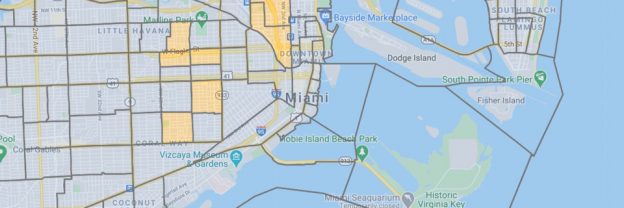
Foreign investors interested in relocating to the United States and obtaining U.S. permanent resident status are fortunate that the EB-5 Immigrant Investor Program, one of the easiest and quickest pathways to U.S. immigration, remains in full swing even after 30 years. The program offers foreign investors U.S. green cards in exchange for an investment in a qualifying EB-5 project, as long as the EB-5 investor can prove their investment resulted in the creation of a minimum of 10 new full-time jobs for U.S. citizens or residents.
To qualify for the EB-5 program, an investor must commit a certain minimum amount of capital to their chosen EB-5 project. In general, the minimum required investment amount is $1.8 million, but if the project is in a targeted employment area (TEA), the required amount drops to $900,000. Most EB-5 investors prefer this lower amount, but United States Citizenship and Immigration Services (UCSIS) does not automatically designate areas as TEAs. Rather, USCIS provides a set of criteria and methodologies, and EB-5 investors must demonstrate TEA eligibility on their I-526 petition.
EB5AN, a leading EB-5 consulting firm and regional center operator, has launched an interactive EB-5 TEA map to assist prospective EB-5 investors with locating qualifying TEA EB-5 projects. TEAs are divided into two variants—high-unemployment TEAs and rural TEAs—and EB5AN’s TEA map constitutes an easy-to-use tool that helps investors locate both types of TEA projects.
High-Unemployment TEAs
High-unemployment TEAs are areas that have an unemployment rate at least 50% higher than the national U.S. average. Only urban areas may qualify as high-unemployment TEAs—otherwise, the area may qualify as a rural TEA.
USCIS allows EB-5 investors to choose between four different methodologies to calculate whether an area qualifies as a high-unemployment TEA. The first is the American Community Survey (ACS) method, which examines five-year ACS data by census tract. The second is the census-share method, which combines the five-year ACS census tract data with county-specific data from the Bureau of Labor Statistics (BLS). Finally, the third is the county-level method, which applies BLS data to calculate unemployment in a single county.
Fortunately for EB-5 investors, USCIS is flexible about TEA designation, so even if a particular census tract doesn’t qualify, investors can group together directly adjacent tracts to form a high-unemployment TEA. EB5AN’s TEA map automatically combines adjacent census tracts to create qualifying TEAs, drastically facilitating the investor’s job.
Rural TEAs
Rural TEAs are more straightforward than high-unemployment TEAs. To ascertain rural TEA eligibility, EB-5 investors should use U.S. Office of Management and Budget data to determine geographical boundaries and population data from the most recent 10-year census to determine population levels. To qualify as a rural TEA, a region must be located outside a metropolitan statistical area (MSA) and have a population of less than 20,000. If the population of the area grows beyond 20,000 after the investor submits their I-526 petition, USCIS will still consider the area a valid rural TEA.
Using the EB5AN TEA Map
One of the most significant features of EB5AN’s TEA map is the ability to generate an I-526-ready formal TEA qualification report. If an EB-5 investor is pursuing the lower investment amount of $900,000, they are required to demonstrate in their I-526 that their EB-5 project is in a qualifying TEA, and putting together the documentation and report to prove this is time consuming and complex. Thus, EB5AN’s ready-made formal TEA qualification report is a major time and effort saver for EB-5 investors.
Determining TEA eligibility is a tedious and complicated process, but EB5AN’s TEA map makes it easy for EB-5 investors to see whether their EB-5 project qualifies for TEA status. By highlighting qualifying TEA regions, the map allows EB-5 investors to locate qualifying TEAs all across the United States. By automatically combining adjacent census tracts to create custom TEAs, EB5AN’s map takes most of the guesswork out of TEA calculations.
The EB5AN map also displays whether a given TEA is covered by one of EB5AN’s 14 regional centers. Regional center investment is popular because it frees EB-5 investors from the requirement of participating in the day-to-day management of the new commercial enterprise (NCE) and relaxes the job-creation requirements, making it easier to obtain a U.S. green card. For project developers, this feature also indicates whether affiliation with an EB5AN regional center is possible.
The EB-5 program is a relatively quick and simple pathway to U.S. immigration for foreign nationals around the world, and EB5AN’s TEA map makes the process that much easier. Prospective EB-5 investors and project developers can use the innovative tool to help them plan their EB-5 investments and projects.











